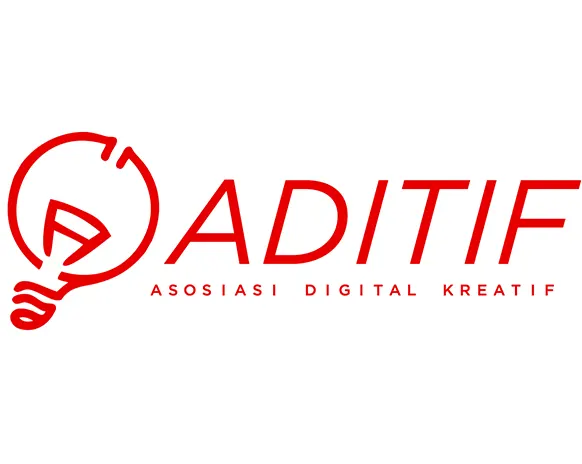APIs (Application Programming Interfaces) are mechanisms that allow two applications to interact and exchange information automatically. The use of APIs is crucial in today’s technology world, especially in the development of web and mobile applications. However, in addition to their important functions, the security of APIs must also be considered.
In this article, we will discuss what an API is, why APIs are important, what API security entails, and why the security of APIs is crucial.

Understanding Vulnerabilities in APIs
APIs play a very important role in the development of web and mobile applications. However, APIs also have vulnerabilities that can be exploited by malicious parties to damage systems and steal user data. Therefore, understanding vulnerabilities in APIs is important.
What are vulnerabilities in APIs?
Vulnerabilities in APIs are security gaps in APIs that allow unauthorized individuals to gain access or sensitive information. Vulnerabilities can occur at various levels, from configuration errors to weaknesses in the API’s design itself.
Why are APIs vulnerable?
APIs can be vulnerable because they often serve to connect different applications and sometimes are used publicly. This allows attackers to find vulnerabilities and exploit existing security gaps.
Common causes of API vulnerabilities
Some common causes of vulnerabilities in APIs include:
Weaknesses in code: Insecure or outdated code can leave security gaps in the API.
Misconfigurations: Incorrect configurations on servers or API environments can create security vulnerabilities.
Lack of authentication and authorization: The absence of proper authentication and authorization in APIs can lead to security gaps.
Use of weak protocols: Employing weak protocols can make APIs vulnerable to attacks.
Impact of API vulnerabilities
Vulnerabilities in APIs can have detrimental impacts, such as:
Data theft: Attackers can use vulnerabilities to steal user data, such as login information or other personal information.
Identity spoofing: Attackers can use vulnerabilities to impersonate users or applications.
DDoS attacks: Attackers can use vulnerabilities to conduct DDoS (Distributed Denial of Service) attacks on the API, rendering the system inoperative.
Types of vulnerabilities in APIs
Some common types of vulnerabilities found in APIs include:
Broken Authentication and Session Management: Vulnerabilities that occur in the authentication process and session management. Attackers can manipulate user sessions or steal authentication information.
Injection Flaws: Vulnerabilities that occur when user input is not properly sanitized. Attackers can insert malicious code to compromise the system.
Cross-Site Scripting (XSS): Vulnerabilities that allow attackers to insert harmful scripts into web pages displayed by the API.
Broken Object Level Authorization: Vulnerabilities that occur when applications do not correctly check user access rights.
Security Misconfiguration: Vulnerabilities that occur when system configurations do not meet security standards.
Preventing Vulnerabilities in APIs
Best Practices for Securing APIs
Follow security standards such as OAuth, SSL, JWT, etc.
Use the latest, tested, and secure technologies.
Monitor regularly to detect security threats to the API.
Authentication and Access Control
Authenticate to ensure only legitimate users can access the API.
Provide permissions and access rights according to their security level.
Input Validation and Parameterization
Validate input data to prevent attacks like SQL Injection, Cross-site scripting (XSS), etc.
Use parameterization to prevent attacks like Command Injection.
Proper Error Handling
Provide appropriate responses when errors occur in the API.
Validate and filter incoming input data.
Secure Configuration Management
Secure API configuration files with encryption or hashing.
Ensure configurations are not stored openly and vulnerable to attacks.
Monitoring and Logging
Regularly monitor API activities to detect security threats.
Record user activities on the API and store them in logs for future reference.
Secure Data Storage and Transmission
Secure data during storage and transmission through encryption and hashing.
Ensure only necessary data is stored and routinely delete unnecessary data.
Techniques for Finding Vulnerabilities in APIs
Conduct penetration testing to find vulnerabilities in the API.
Regularly scan for vulnerabilities to detect security gaps.
Create realistic threat models to understand security gaps in the API.
Remedying Vulnerabilities in APIs
Use API security standards and frameworks such as OWASP API Security Top 10.
Regularly update APIs to address known security gaps.
Conclusion
In securing your API against vulnerabilities, it is crucial to follow best security practices such as proper authentication and access control, input validation, and secure configuration management. Additionally, techniques for finding vulnerabilities in APIs, such as penetration testing and vulnerability scanning, should also be regularly implemented.
However, securing APIs is not an easy task and often requires expert assistance. If your company needs help conducting penetration testing and vulnerability scanning on your APIs, Fourtrezz can assist. As a trusted cybersecurity service provider, Fourtrezz offers key services in penetration testing that can help your company identify vulnerabilities in your systems and applications, allowing for appropriate action to address these issues.
Do not let your APIs be vulnerable to cyberattacks. Contact Fourtrezz today to get the right cybersecurity solutions for your company.










